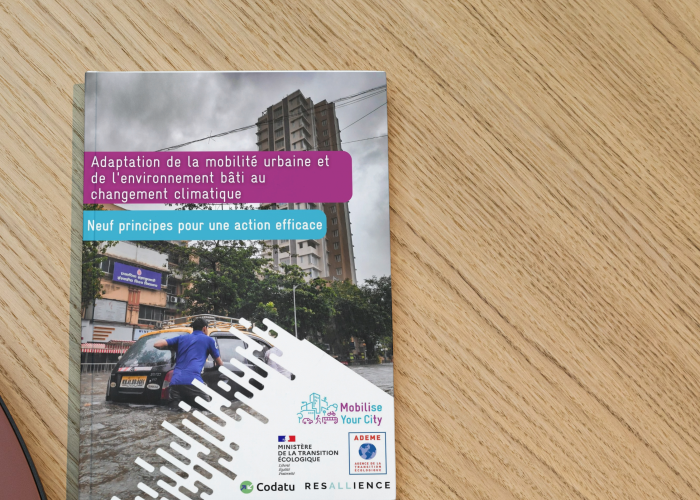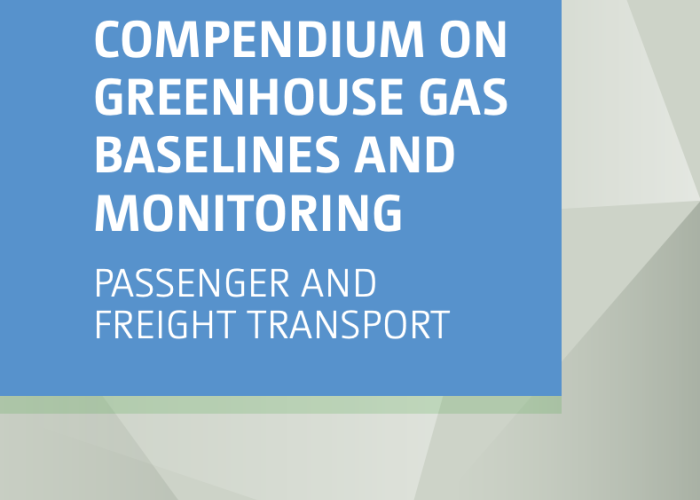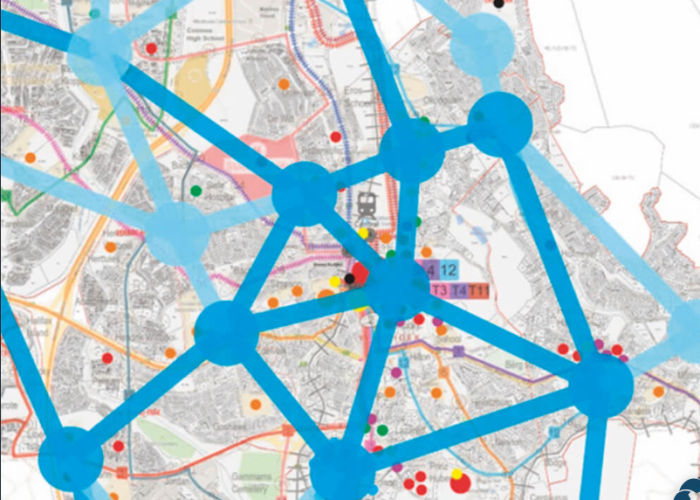Compendium on greenhouse gas baseline and monitoring
Passenger and freight transport
Transport related emissions are growing worldwide. Transport currently accounts for about 28% of total end- use energy. Greenhouse gas (GHG) emissions from the transport sector have more than doubled since 1970, and have increased at a faster rate than any other energy end- use sector to reach 7.0 Gt CO2 eq in 2010. The IPCC has found that without mitigation actions, transport emissions could increase at a faster rate than emissions from the other energy end-use sectors and reach around 12 Gt CO2eq/yr by 2050 (IPPC, 2014).
Much of this growth will come from transport demand per capita in developing and emerging economies, which is expected to increase at a much faster rate in the next decades due to rising incomes and development of infra- structure. Two thirds of the growth in light duty vehicle ownership, which is expected to double in the next few decades, will be in non-OECD countries. In OECD countries VKT per capita has tended to stabilize, but freight and air passenger transport has continued to increase. Also for freight transport, economic globalization has increased the volume and distance of movement of goods and materials worldwide. If no additional measures are taken, CO2 emissions from global freight alone could increase by 160%, as international freight volumes grow threefold by 2050, largely due to increased use of road transport, especially for short distances and in regions that lack rail links, such as South-East Asia (OECD/ITF, 2017).
However, decoupling of transport GHG emissions from economic growth may be possible. GHG emissions from passenger and freight transport can be reduced by a range of both technological and behavioral mitigation actions. Since rebound effects can reduce the CO2 benefits of purely technological efficiency improvements, a balanced pack- age of actions has the best chance of achieving maximum mitigation effects. Broadly, mitigation actions fall into three categories:
- Avoiding journeys where possible—achieved by actions such as changing urban form, improving freight logis- tics systems, substituting information and communication technologies (ICT) for travel, etc.;
- Modal shift to lower-carbon transport systems — achieved mainly by increasing investment in public transport, walking and cycling infrastructure;
- Improving the energy intensity of travel per passenger km or tonne km — by improving vehicle and engine performance, or overall transport system performance;
- Reducing carbon intensity of fuels by replacing oil based fossil fuels with natural gas, bio-methane, or biofuels, or electricity or hydrogen produced from renewable energy sources.

The development of effective transport climate strategies to implement appropriate and cost effective mitigation actions rests upon the availability of comprehensive data and the application of sound assessment methods for emission reduction potentials. Unfortunately, many countries lack comprehensive transport emission inventories and mitigation scenario analysis to inform sound climate action planning. One effort to build capacity in this area is the development of a Compendium on GHG Baselines and Monitoring (hereinafter referred to as the compendium).
The passenger and freight transport volume was coordinated by the Deutsche Gesellschaft für Internationale Zusammenarbeit (GIZ) in cooperation with the UNFCCC Secretariat with funding from the German Federal Ministry for the Environment, Nature Conservation, Building and Nuclear Safety (BMUB) and written with the assis- tance of the Center for Clean Air Policy (CCAP).
The methodologies presented in the Transport Volume were chosen with a view to cover a broad range of different mitigation action types in terms of scale, type of intervention and affected modes. In addition, focus was put on interventions with significant mitigation potential. The selection was based on SLoCaT’s review of trans- port methodologies and tools1 and categorised by type of mitigation action.
The mitigation actions are loosely grouped based on their geographic scale, mechanism within an ASIF model, and the affected modes as outlined below.
The remainder of this volume starts with an overview of approaches on GHG quantification in the transportation sector, followed by a reader guide to the mitigation action sections.
The main content are eight mitigation action chapters:
- Chapter 1: Mass transit investments: This chapter co- vers regional or local projects and programs of invest- ment aimed at shifting travel to public transit modes.
- Chapter 2: Comprehensive urban transport pro- grammes and plans: This chapter covers regional or local programmes of planning/investment/policy to reduce motorized VKT (activity or mode change).
- Chapter 3: Vehicle efficiency improvement pro- grammes: This chapter covers national/regional level economic/regulatory tools to affect intensity/fuel type of passenger transport and freight modes.
- Chapter 4: Alternative fuels incentives, regulation and production: This chapter covers national or regional economic or regulatory policies to affect fuel type for road transport modes.
- Chapter 5: Inter-urban rail infrastructure: This chap- ter covers national or regional investments aimed at mode shifting passenger and/or freight trips to rail.
- Chapter 6: Shift mode of freight transport from road to rail or water: This chapter covers national or regional investment projects or programmes to shift freight movement from truck to rail/water.
- Chapter 7: National fuel economy standard: This chapter covers national regulations to reduce carbon intensity of passenger and/or freight vehicles.
- Chapter 8: Pricing policies: This chapter covers national, regional or local, economic/regulatory/fiscal policy affecting cost to change activity, mode, and carbon in- tensity of road transport.
Find more information on the NAMA News Website.




